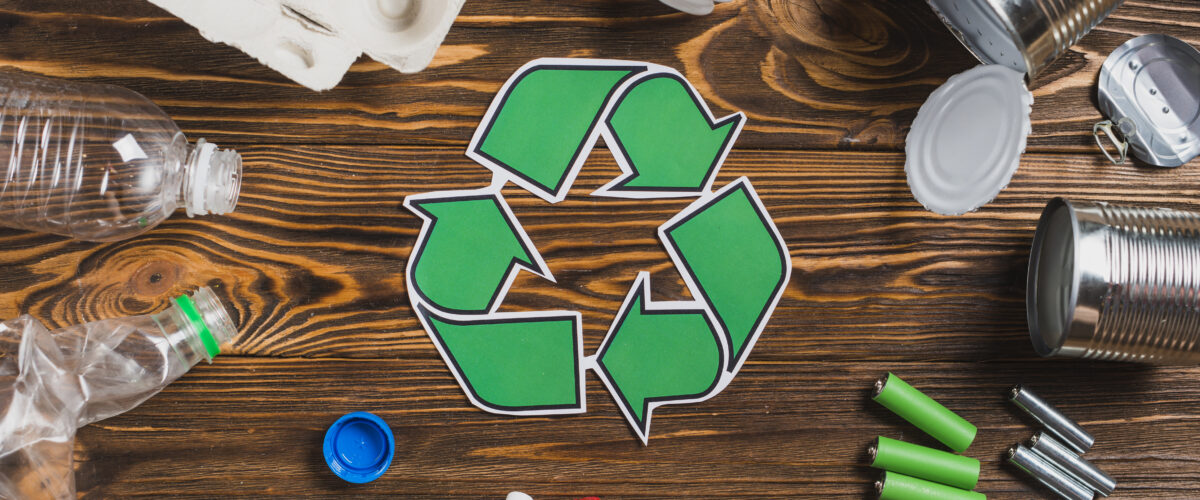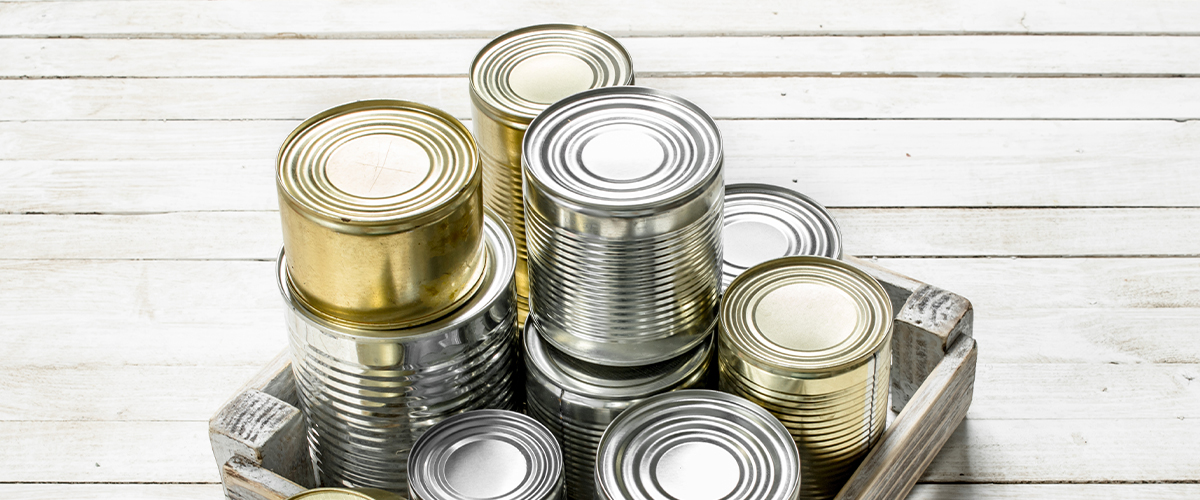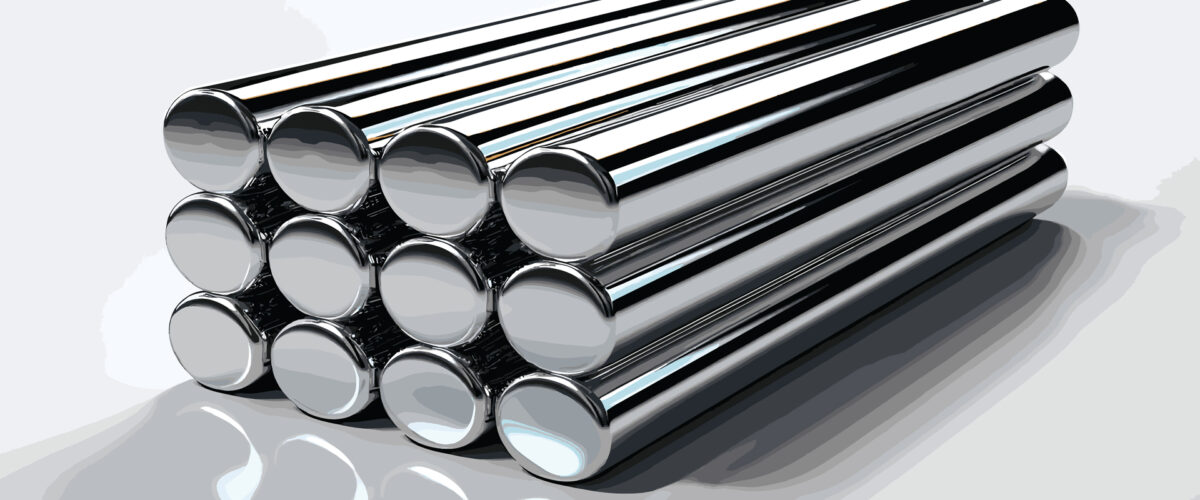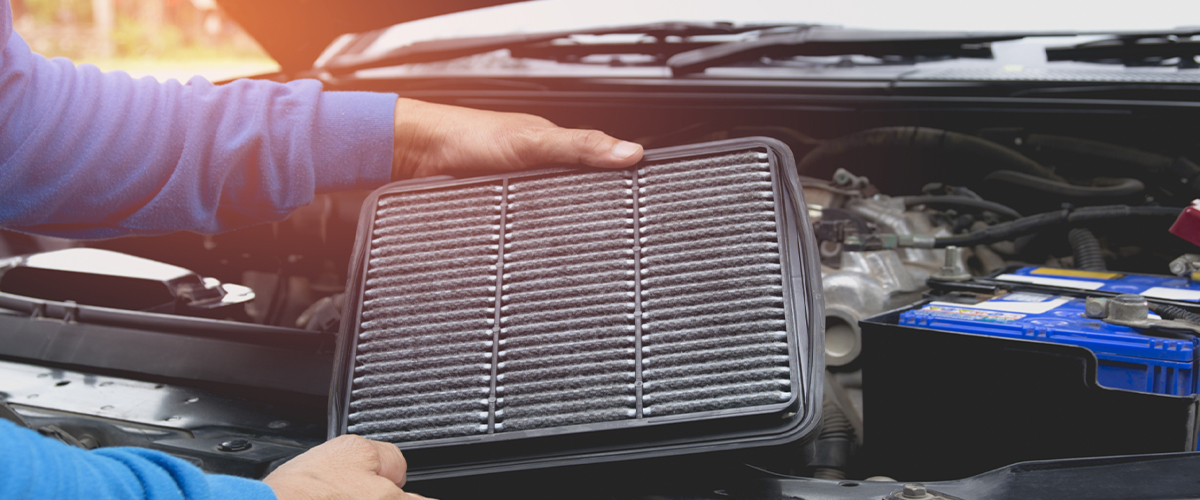Introduction:
Stainless steel is renowned for its durability, strength, and versatility, making it a material of choice across various industries. For Arizo Global, leveraging the power of stainless steel can drive innovation, enhance product quality, and meet the demands of modern applications. Let’s explore the exceptional properties of stainless steel and how it benefits Arizo Global.
Understanding Stainless Steel
Stainless steel is an alloy primarily composed of iron, carbon, and chromium. The addition of chromium provides stainless steel with its characteristic corrosion resistance, making it an ideal material for a wide range of applications. Various grades and finishes of stainless steel are available, each tailored to specific requirements and environments.
Key Benefits of Stainless Steel for Arizo Global
1. Corrosion Resistance
One of the most significant advantages of stainless steel is its resistance to corrosion. The chromium in stainless steel forms a passive layer of chromium oxide, which protects the material from rust and corrosion. This makes stainless steel an excellent choice for applications exposed to moisture, chemicals, and harsh environments.
2. Durability and Strength
Stainless steel is known for its high tensile strength and durability. It can withstand extreme temperatures, mechanical stress, and heavy loads, ensuring long-lasting performance. For Arizo Global, using stainless steel in manufacturing and construction projects ensures the durability and reliability of our products.
3. Hygiene and Cleanliness
Stainless steel’s smooth, non-porous surface makes it easy to clean and sanitize. This property is particularly beneficial for applications in the food and beverage industry, healthcare, and pharmaceuticals. Arizo Global can leverage stainless steel to produce hygienic equipment and facilities that meet stringent cleanliness standards.
4. Aesthetic Appeal
In addition to its functional properties, stainless steel has a modern and sleek appearance. Its ability to maintain a polished finish over time makes it a popular choice for architectural and interior design applications. Arizo Global can utilize stainless steel to create aesthetically pleasing products that appeal to contemporary tastes.
5. Recyclability and Sustainability
Stainless steel is 100% recyclable, making it an environmentally friendly material. Its long lifespan and recyclability contribute to sustainability by reducing waste and conserving resources. By incorporating stainless steel into our products, Arizo Global can support sustainable practices and reduce our environmental footprint.
Practical Applications of Stainless Steel at Arizo Global
1. Construction and Infrastructure
Stainless steel is widely used in construction for structural components, cladding, roofing, and fixtures. Its durability and resistance to weathering make it ideal for infrastructure projects. Arizo Global can utilize stainless steel to enhance the longevity and aesthetics of buildings and bridges.
2. Automotive and Transportation
In the automotive and transportation industries, stainless steel is used for exhaust systems, fuel tanks, and structural components. Its strength and corrosion resistance ensure the safety and durability of vehicles. Arizo Global can incorporate stainless steel to produce robust and reliable automotive parts.
3. Food and Beverage Equipment
Stainless steel is the preferred material for food processing and beverage equipment due to its hygiene and ease of cleaning. Arizo Global can manufacture high-quality stainless steel equipment for food production, storage, and handling, ensuring compliance with health and safety regulations.
4. Medical Devices and Equipment
The medical industry relies on stainless steel for surgical instruments, implants, and medical devices. Its biocompatibility, sterilizability, and corrosion resistance are crucial for medical applications. Arizo Global can develop advanced medical equipment using stainless steel to improve patient care and safety.
5. Household Appliances
Stainless steel is commonly used in household appliances such as refrigerators, dishwashers, and cookware. Its durability and aesthetic appeal make it a popular choice for modern kitchens. Arizo Global can produce stylish and durable household products that meet consumer demands.
Conclusion
The power of stainless steel lies in its exceptional properties, including corrosion resistance, durability, hygiene, aesthetic appeal, and sustainability. For Arizo Global, leveraging stainless steel in various applications can enhance product quality, meet industry standards, and drive innovation. By incorporating stainless steel into our operations, we can deliver superior products that cater to the evolving needs of our clients and contribute to a sustainable future.














